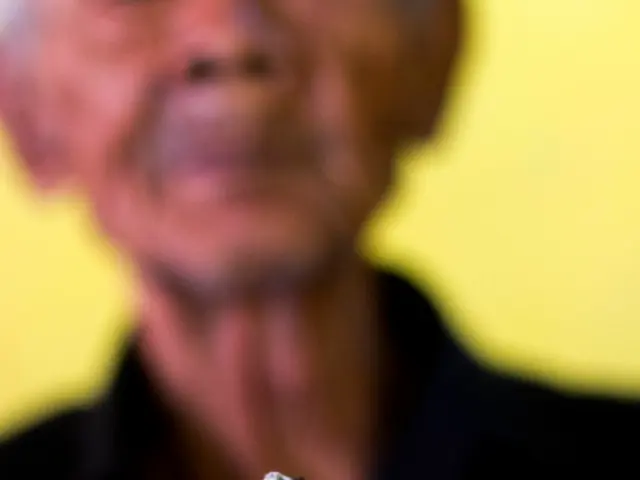Navigating Diabetes While Traveling - Key Factors to Keep in Mind
Traveling with diabetes requires careful planning and preparation to ensure a safe and enjoyable trip. Here are some essential tips from diabetes experts to help individuals with diabetes manage their condition while on the move.
Firstly, it is advisable to pack at least double or triple the amount of medication needed for the trip. This ensures that there is enough medication to cover any unexpected delays or emergencies during the journey.
When flying, it is crucial to pack insulin and other temperature-sensitive items in your carry-on luggage to avoid potential damage from low temperatures in the cargo hold. Regularly monitoring blood sugar levels during travel is an essential part of managing diabetes while on the move.
Consulting a doctor before a trip is highly recommended. This allows individuals with diabetes to discuss how to manage symptoms and determine when they could be dangerous. A doctor can also provide a note to avoid any issues at the airport.
High blood sugar often comes with symptoms such as nausea, difficulty concentrating, fatigue, vision problems, extreme thirst, and frequent urination. On the other hand, low blood sugar can cause symptoms such as shaking, sweating, hunger, racing heart, irritability, nausea, or fatigue.
It is important to be aware that symptoms during travel might be related to blood sugar levels. For instance, symptoms such as nausea, dizziness, and feeling unwell could be related to travel sickness or a stomach bug, but they might also be indicative of low or high blood sugar in individuals with diabetes. In such cases, it is crucial to check blood sugar levels immediately if feeling unwell during travel, as this can help distinguish between low or high blood sugar and other causes.
Motion sickness occurs during travel in cars, buses, planes, or ships due to conflicting signals from the eyes and balance organs. Symptoms like dizziness, pallor, cold sweat, and nausea can make managing diabetes even more challenging. However, consulting a doctor before travel can help individuals with diabetes prepare for potential issues and learn how to handle symptoms on the road.
When traveling with diabetes, it's important to check blood sugar levels more frequently, especially in hot or cold weather, at unusual altitudes, or during physical activity. Gastrointestinal infections during vacation can cause nausea, vomiting, watery diarrhea, and abdominal cramps, and they increase the risk of low blood sugar due to continuing blood sugar-lowering medication.
In general, diabetes experts recommend injecting short-acting insulin just after meals when traveling to avoid low blood sugar due to vomiting before a meal. Having glucose tablets, glucose drinks, and a glucagon kit on hand for emergencies is also essential.
Recently, DiabetesDE, the German Diabetes Aid, issued a warning about the potential link between travel symptoms and blood sugar levels. They emphasised the importance of individuals with diabetes being aware that their symptoms during travel might be related to their blood sugar levels.
Seeking medical attention if symptoms persist or worsen during travel is always advisable for individuals with diabetes. Being prepared for potential issues and having a plan in place to address them during travel is key to a safe and enjoyable journey.






